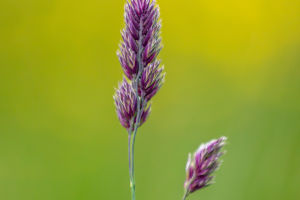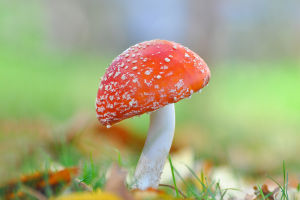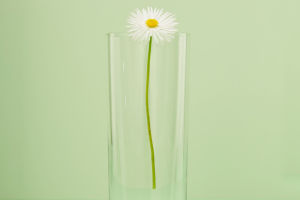Chrysanthemums are among the most symbolic flowers in ancient Chinese culture, with a long history and profound cultural heritage.
As a traditional Chinese flower, the chrysanthemum is not only bright in appearance and rich in variety but also well-known for its significant role in literature, art, and daily life.
The history of the chrysanthemum can be traced back thousands of years. In ancient China, the chrysanthemum, along with the plum blossom, orchid, and bamboo, was called one of the "Four Gentlemen," symbolizing noble character and an indomitable spirit.
In poetry, painting, and other art forms, the chrysanthemum is often associated with autumn, representing poets' reflections on the passage of time and their perception of life.
Because the chrysanthemum blooms in late autumn and is unafraid of frost, it is endowed with meanings of tenacity, independence, and detachment from fame and fortune.
In addition to its prominent place in literature, the chrysanthemum has also profoundly influenced China's festival culture. The Double Ninth Festival, also known as the Chrysanthemum Festival, is one of the important traditional Chinese celebrations.
Every year on the ninth day of the ninth lunar month, people climb hills to admire chrysanthemums to pray for health and longevity. Chrysanthemums not only play a symbolic role in festivals but are also widely used in traditional Chinese medicine for their medicinal properties.
Chrysanthemums are believed to clear heat and detoxify, improve eyesight, and reduce internal heat. They are often used as a raw material for tea or made into medicinal foods to help regulate the body.
The aesthetic value of the chrysanthemum should also not be overlooked. As an ornamental flower, chrysanthemums come in various types and rich colors, including white, yellow, purple, and pink. Each color of the chrysanthemum holds a different symbolic meaning.
Yellow chrysanthemums symbolize longevity and happiness, while white chrysanthemums represent purity and grief. For this reason, white chrysanthemums are commonly used in Chinese funeral culture to express mourning and remembrance.
Additionally, because chrysanthemums have a long flowering period and are easy to cultivate, they are among the most common flowers used in garden decoration. The ancients also used chrysanthemums to create flower arrangements, further embedding them in the aesthetic pursuit of beauty.
Chrysanthemums not only hold a central place in Chinese culture but are also widely admired around the world. In Japan, the royal family uses the chrysanthemum as their family emblem, referring to it as the "Imperial Chrysanthemum," which elevates the flower to an exceptionally high status in Japanese culture.
Each year, Japan holds chrysanthemum exhibitions across the country to showcase different varieties. These exhibitions not only highlight the unique beauty of the chrysanthemum but also reflect its importance in the hearts of the Japanese people.
The techniques for planting and cultivating chrysanthemums were highly developed in ancient China and have continued to evolve and innovate over time. Today, chrysanthemum cultivation technology has advanced significantly.
Through hybridization and grafting, new varieties have been created, solidifying the chrysanthemum's important position in the horticultural industry. Every autumn, grand chrysanthemum exhibitions are held across China, attracting countless tourists who come to appreciate their beauty.
These exhibitions serve not only to display the flower's beauty but also to preserve and promote traditional culture, giving the chrysanthemum an even deeper cultural meaning.
In modern society, chrysanthemums are widely used as ornamental flowers in everyday life. Whether in family courtyards, parks, or flower markets, chrysanthemums are ever-present. People not only appreciate their appearance and fragrance but also admire their resilience in autumn.
At the same time, chrysanthemum tea has become increasingly popular and is now a part of many people's daily health routines. In the fast-paced modern world, drinking a cup of fragrant chrysanthemum tea not only helps balance the body but also provides a sense of inner tranquility and peace.
As a symbol of traditional Chinese culture, the chrysanthemum embodies a rich blend of historical, cultural, and aesthetic values. It is not only a source of emotional solace for poets but also an integral part of people's lives.
The noble, tenacious, and fresh qualities of the chrysanthemum have inspired not only the ancients but also continue to influence the aesthetics and lifestyles of modern society.
Over time, the chrysanthemum will continue to play a unique role in the realms of culture and art, serving as an essential bridge in cultural exchange between East and West. Whether used for medicinal purposes, for appreciation, or as a spiritual symbol, the chrysanthemum will always hold a special place in people’s hearts.


